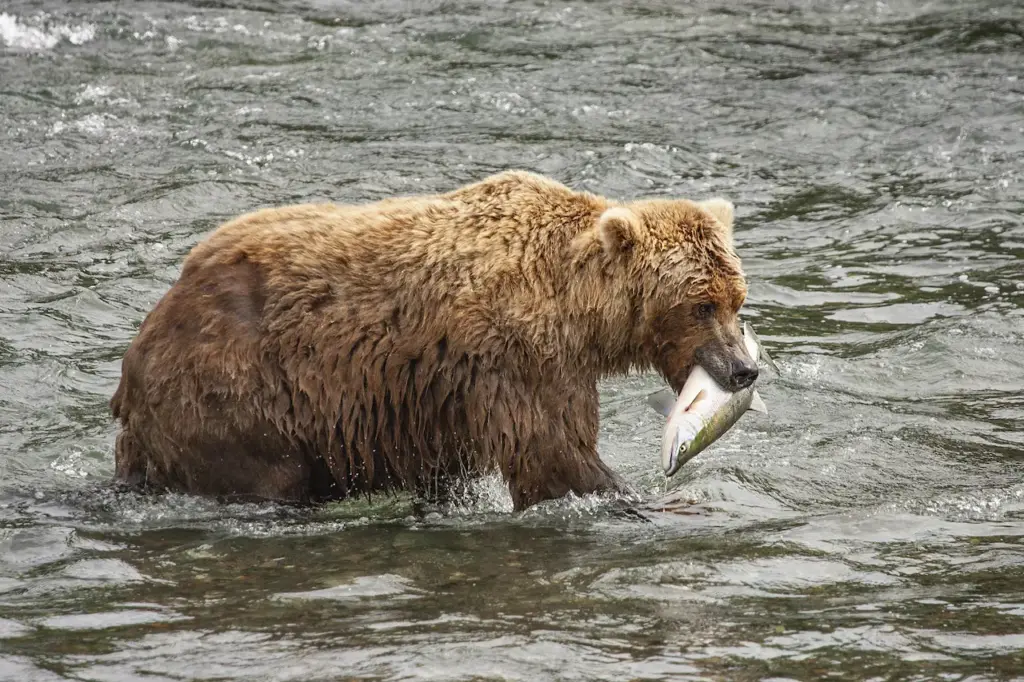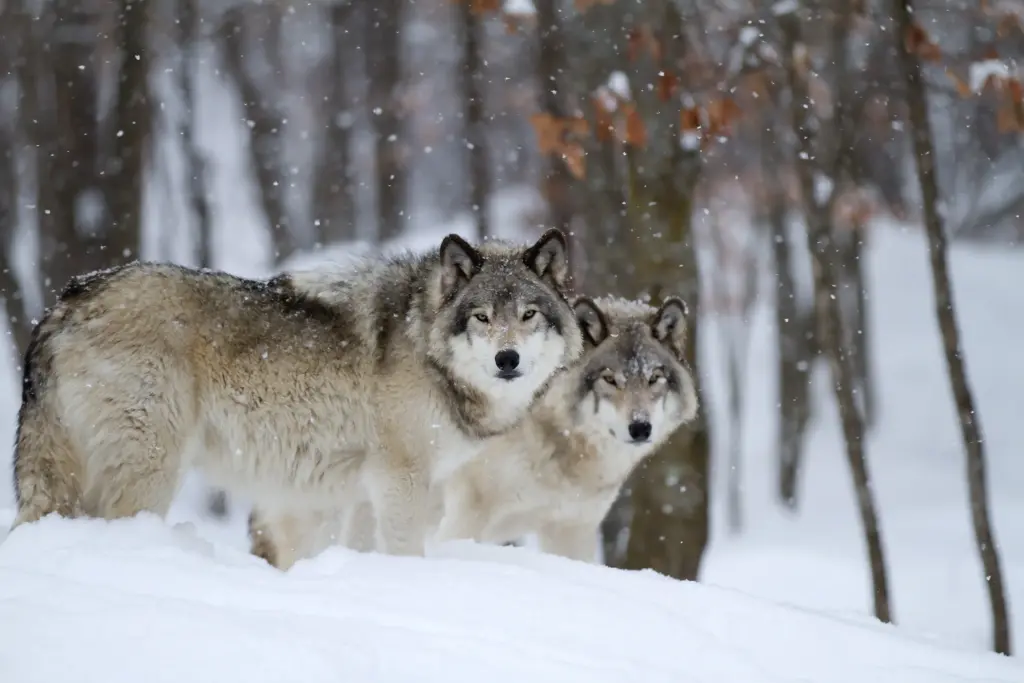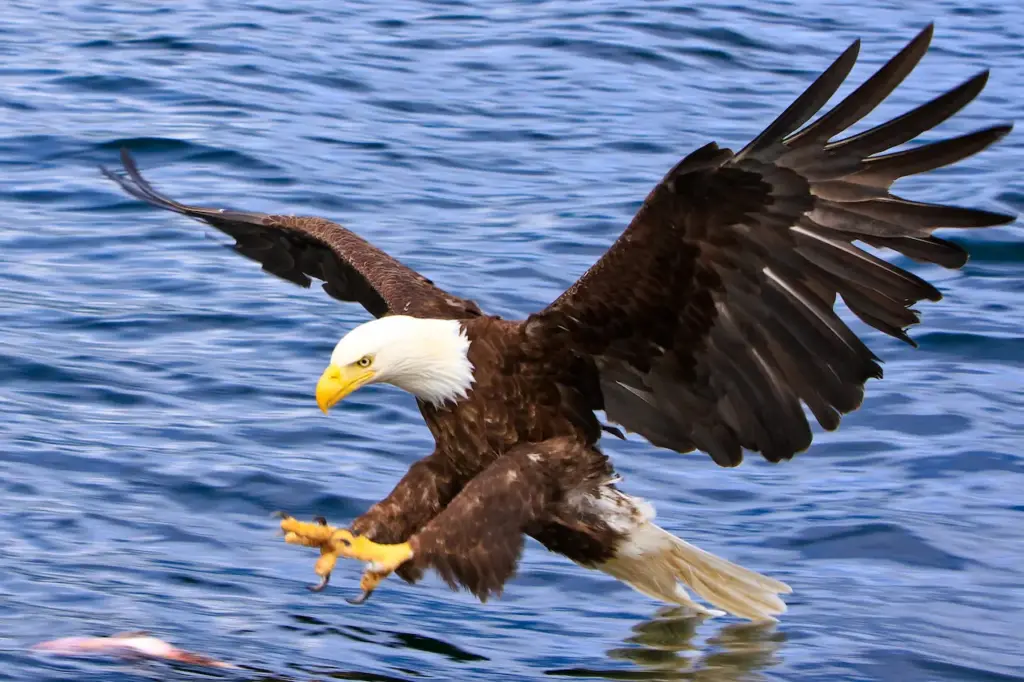What Eats Beavers?
Categories
- Accipitridae (1)
- Acrididae (1)
- Algae (2)
- Alligatoridae (1)
- Amoebidae (1)
- Amphibians (3)
- Anatidae (1)
- Anguillidae (1)
- Arachnids (2)
- Bears (2)
- Big Cats (3)
- Birds (13)
- Bovidae (5)
- Bufonidae (1)
- Camelids (1)
- Cameras (1)
- Canines (13)
- Caridea (1)
- Carnivora (10)
- Castoridae (1)
- Cats (4)
- Cebidae (1)
- Cephalopod (1)
- Cervidae (2)
- Cetacean (1)
- Chondrichthyes (1)
- Crocodilia (2)
- Crustaceans (4)
- Culicidae (1)
- Cyaneidae (1)
- Dasypodidae (1)
- Dasyurids (1)
- Deer (1)
- Delphinidae (1)
- Desktop (1)
- Didelphidae (1)
- Dinosaurs (1)
- Dogs (13)
- Dolphins (2)
- Echinoderms (1)
- Education (10)
- Elephantidae (1)
- Equine (1)
- Erethizontidae (1)
- Erinaceidae (1)
- Farming (1)
- Felidae (5)
- Fish (5)
- Food Chain (31)
- Food Web (2)
- Formicidae (1)
- Frugivore (1)
- Gaming (1)
- Gastropods (1)
- Giraffids (1)
- Great Apes (2)
- Health Conditions (3)
- Herbivore (4)
- Hi-Fi (1)
- Hippopotamidae (1)
- Hominidae (1)
- Insects (10)
- Invertebrates (2)
- Keyboards (1)
- Laptops (1)
- Leporidae (1)
- Mammals (23)
- Marsupials (4)
- Mephitidae (1)
- Microchiroptera (1)
- Mollusks (2)
- Mongoose (1)
- Muridae (1)
- Nocturnal Animals (1)
- Odobenidae (1)
- Omnivore (2)
- Phasianidae (1)
- Phocidae (1)
- Plankton (1)
- Plants (2)
- Primate (1)
- Ranidae (1)
- Reptiles (7)
- Rhinocerotidae (1)
- Rodents (5)
- Salamandridae (1)
- Scarabaeidae (1)
- Sciuridae (2)
- Sharks (1)
- Shellfish (1)
- Sound (1)
- Spheniscidae (1)
- Suidae (1)
- Superfamily Papilionoidea (1)
- Theraphosidae (1)
- What Eats (5)
Beavers are large, semi-aquatic rodents that build elaborate dams and lodges in freshwater habitats across North America, Europe, and Asia. They play a vital ecological role in creating new wetlands that support a diverse range of other wildlife.
But despite their large size of up to 60 pounds and protective engineering abilities, beavers face threats from a range of natural predators looking for a hearty meal.
In this article, we will explore the 5 most common and formidable predators that prey on beavers, discussing how they hunt the large rodents and the countermeasures beavers employ to try to avoid falling victim.
Understanding the dynamic between beavers and these skilled hunters provides crucial insights into the ecological balance of these aquatic environments.
Table of Contents
ToggleGrizzly Bears
The powerful grizzly bear is likely the most dangerous predator facing beavers across North American forests and waterways. These massive bears grow up to 800 pounds, endowed with strong jaws, sharp claws, thick skin, and a fierce temperament.
Grizzlies rely heavily on salmon as their main food source. But they remain opportunistic hunters who will readily catch and eat beavers when the chance arises.
Grizzly bears employ different techniques to hunt beavers depending on the local environment. Bears lurking near beaver dams conceal themselves in nearby brush and wait patiently for the chance to ambush an unsuspecting beaver leaving its lodge.
The grizzly explodes out from hiding to clamp its jaws around the beaver before it can retreat to the safety of the water. Bears also raid the food caches, and beavers build underwater near lodges to store tree branches for winter months when other vegetation is scarce.
Beavers have developed acute senses of hearing and smell that can sometimes alert them to lurking grizzlies. Their slapping tails send warnings that prompt the entire colony to take cover inside reinforced lodges.
But grizzlies may lurk for hours, waiting for beavers to eventually emerge. Other times, the cunning bears quietly dismantle the protective sticks and mud of lodges.
If they create a hole large enough, they’ll thrust a paw inside, trying to drag out hiding beavers. Using their advantages in strength and stealth, grizzlies remain the most successful land predators of beavers.
Grey Wolves
While lone grizzly bears rely on opportunism and brute force, grey wolves exercise sophisticated cooperative pack-hunting strategies to prey on beavers. Groups of 5-6 wolves work together by assuming different roles based on their age, size and temperament.
After discovering a colony near a frozen pond or stream, scout wolves first try to identify vulnerabilities in lodge defenses. Younger wolves then serve as distracters, running along the banks howling and making commotion to entice curious beavers to come to investigate.
Other pack members conceal themselves in nearby woods or vegetation so they can ambush any beavers that emerge.
The pack alpha male and female often lead the actual hunting, waiting for signals from the distracter wolves before bursting from cover to cut off escape routes to trap prey between them.
Wolves pinning beavers underwater use their weight to drown the large rodents once exhausted.
Coordinating allows wolves to exploit beavers separated from the safety of water and lodges. Researchers have discovered entire wolf packs subsisting almost exclusively on beavers during warmer months when kits are vulnerable.
While adult beavers have size, strength and biting capacity exceeding lone wolves, the collaborative packs can overwhelm even the largest individuals, making grey wolves one of the most lethal predators of beavers.
Bald Eagles
The bald eagle has made a remarkable recovery after teetering on the brink of extinction in the lower 48 states. These large raptors now flourish again in aquatic habitats from northern Canada down to Florida and Mexico, thanks to bans on harmful pesticides like DDT.
Bald eagles hunt opportunistically based on available food sources. But during winter, when fish, waterfowl, and carrion sources diminish, the eagles often target larger prey like beavers.
Bald eagles locate beaver colonies using superior aerial surveillance as they circle high above frozen lakes, streams, and marshlands. Spotting movement from dispersed lodges and foraging holes underneath ice sheets signals opportunity.
Eagles will swoop down and strike unsuspecting beavers traveling between ponds with their razor-sharp talons that exert pressure up to 400 psi. They usually drag killed or disabled beavers out onto ice shelves to consume.
If the frozen waterways thaw earlier in spring, hungry eagles congregate near beaver dams and lodges waiting to grab young kits wandering near banks.
Researchers think eagles’ reliance on beavers increases their reproductive success and accounts for swelling populations across northern climates.
Despite their earlier conservation peril, bald eagles now thrive again as the foremost avian predator of aquatic rodents like beavers.
American Alligators
Further south, in the warmer aquatic habitats of the southeastern U.S. coastline from North Carolina through Texas, American alligators replace bears and wolves as the dominant beaver predators.
These massive reptiles can reach over 1,000 pounds and 14 feet long. Alligators share swamplands, bayous, creeks, and rivers with beaver colonies.
Stealthy alligators float almost completely submerged, watching for beavers transporting tree branches or foraging vegetation. They attack suddenly in explosive lunges to seize adults in their strong jaws before dragging them underwater to drown.
Alligators also raid underground beaver lodges, accessing tunnels from underwater openings. They feast on kits and guard beavers trapped inside the confined spaces.
Some researchers think beavers may avoid building dams in areas populated by large numbers of alligators, as the reptiles have a clear advantage in attacking the water.
However, the decline of alligator habitat makes finding alternative dam locations difficult, forcing beavers into a precarious coexistence with these fearsome aquatic hunters.
Despite their fierce reputations, alligators seem to play an important balancing role in wetland environments, keeping beaver expansions in check.
Snapping Turtles
While alligators monopolize headlines as apex wetland predators, North America’s largest freshwater turtle poses an underrated threat to beavers as well.
Common snapping turtles can grow beyond 40 pounds with saw-edged upper jaws able to exert bite force up to 200 psi – enough to amputate human fingers and limbs.
These primitive-looking reptiles are largely nocturnal and spend daylight hours buried on murky pond bottoms camouflaged by mud and vegetation.
But they will emerge to ambush young beaver kits playing along banks. Snapping turtles bite suddenly with lightning speed, either crushing a beaver’s skull instantly or disabling limbs to flail helplessly in water for the finish.
There are even scattered reports of snappers ambushing and drowning adult beavers, though kits remain much more vulnerable.
While too slow to catch healthy adults, savvy old snapping turtles have learned to exploit inexperienced young beavers as easy targets – reminding us not to underestimate the danger of these dinosaurs terrorizing North American wetlands.
Conclusion
Beavers have made outstanding progress reclaiming habitats across the Northern Hemisphere after verging on elimination due to overhunting and habitat loss.
But these essential ecosystem architects must deal with a suite of deadly predators, from bears, wolves, and eagles to reptiles like alligators and turtles.
Beavers do demonstrate behavioral adaptions and engineering fortifications that help protect themselves and their vulnerable offspring. But each new generation must learn survival strategies in avoiding ambushes near water and reinforced lodges.
Understanding the predatory pressure beavers face reveals crucial insights about maintaining balanced biodiversity across different North American aquatic ecosystems that depend on thriving beaver populations.
Continuing habitat preservation and responsible management of top beaver predators will help ensure the vital wetland environments engineered by these ecological keystone species remain for future generations.
While avoiding predators poses an ever-present challenge, beavers prove resourceful, determined, and well-equipped to coexist safely if given the chance.



